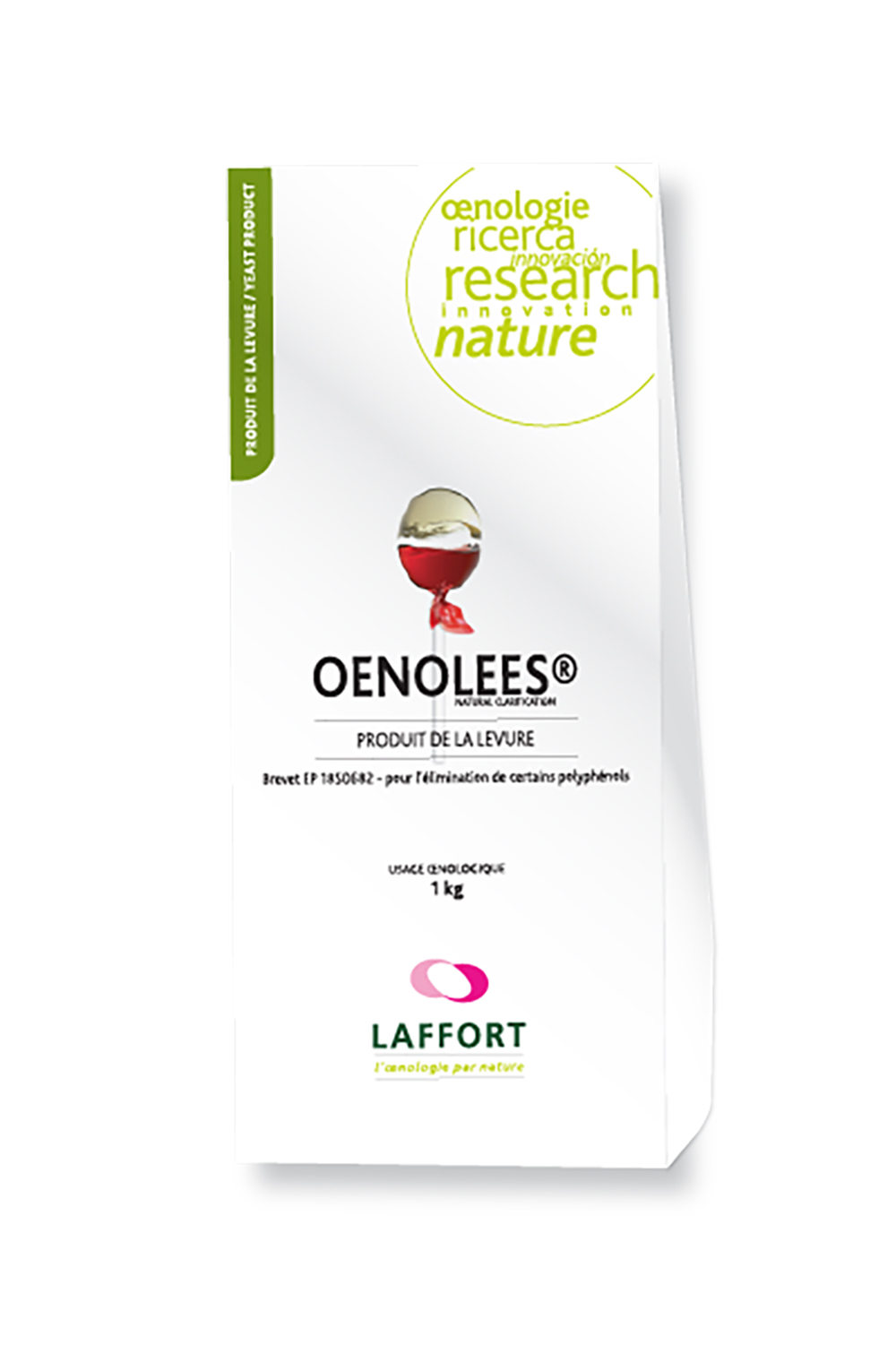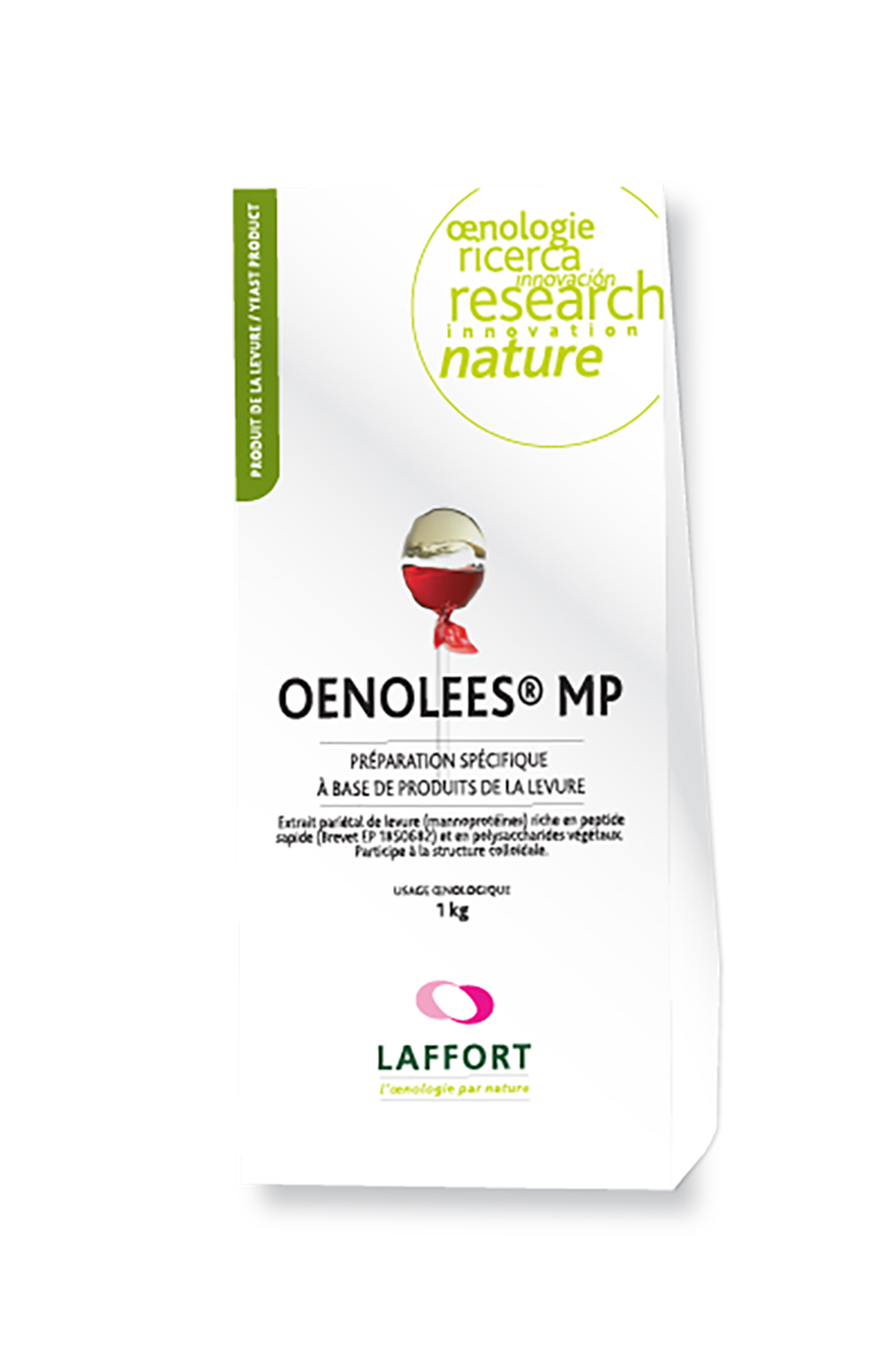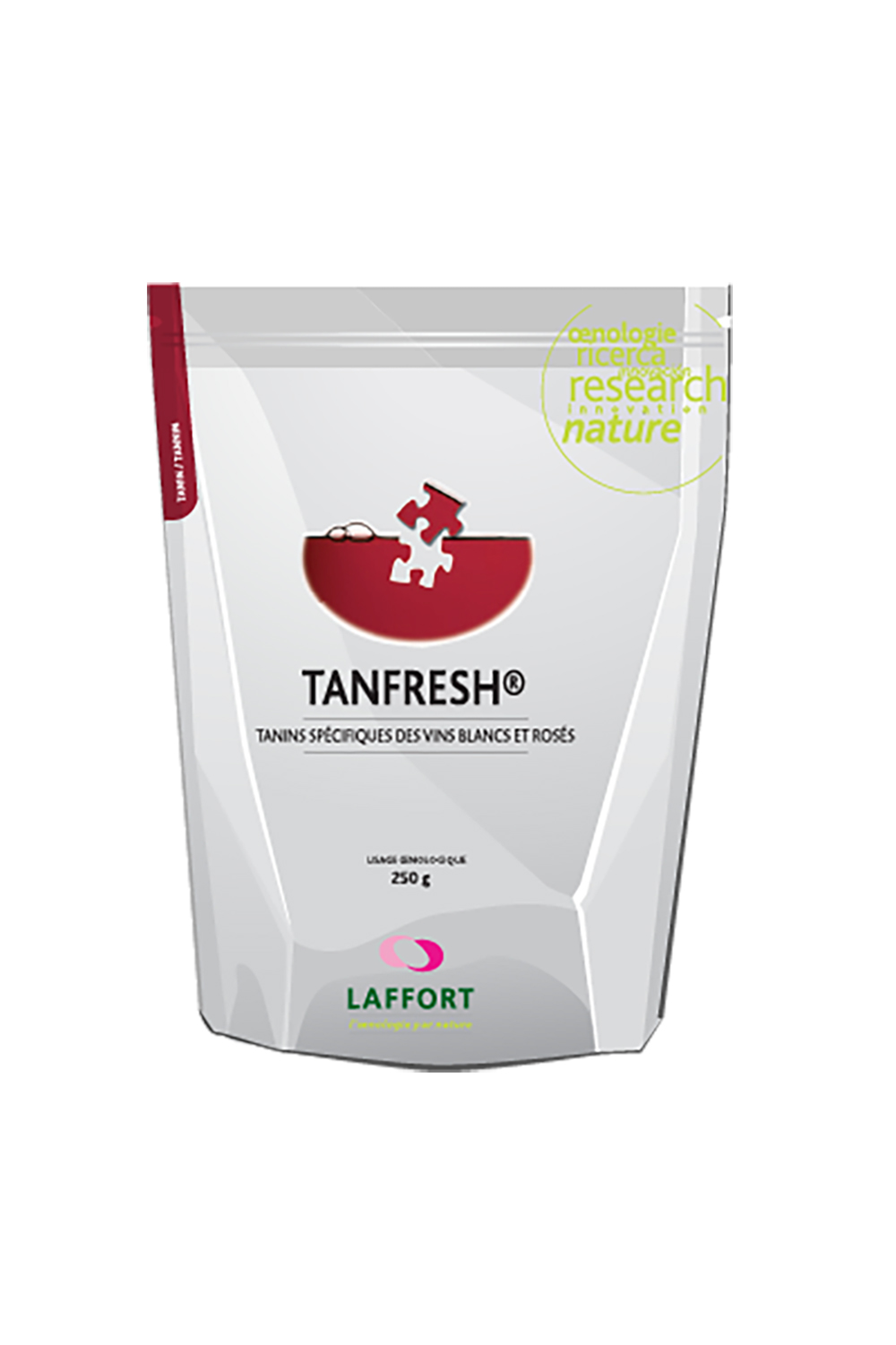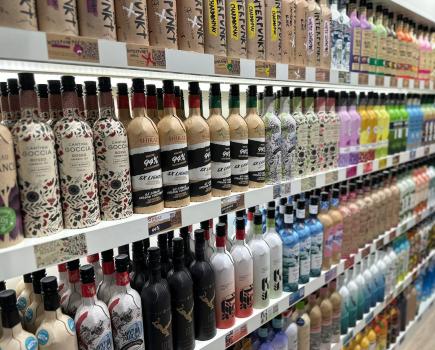Critical points to think about when tasting and blending.
• www.BruniErben.co.uk • 07805 081677 • Mark.Crumpton@BruniErben.co.uk
Technically, wine is always in a state of flux and never truly stable. Many small scale chemical reactions are ongoing once wine has been stabilised such as tannins polymerising and hydrolysing into different compounds.
It is particularly important to be aware of this for your wine flavour profile and its development as well as also to check against wine taints or faults that may be occurring at the early stages.
With the bottling and blending season just around the corner, it is not just the ability to taste for faults which is important but also to taste for flavour and mouthfeel.
There are a few different techniques and methods for sensory assessment methods such as the duo-trio; paired comparison; paired preference; same/different; and the triangle test. It is important for winemakers to choose the right method for the necessary application, so consider if you are looking at adding something during the winemaking process to improve aroma, or flavour, as well as mouthfeel and structure.
A triangle test is a more commonly used method. The protocol involved is one where tasters assess the aroma and palate of the three wines and circles the code of the sample that is different from the other two. If no difference is perceived, the taster must guess. It is important to ensure minimum tasters in order to make the assessment statistically significant, with four out of five people correctly identifying the different wine.
Below are important considerations to uphold to ensure a good and correct sensory assessment to get the best out of the wine tasting.
1. Blind tasting is recommended. Blind tasting means that the taster has no idea which wine is being tasted and the order is randomised with no clues or hints to minimise bias.
2. Include a minimum of two independent tasters into the tasting group. People’s ability to taste varies with some tasters able to recognise, or not, certain aromas that the other might not be able to pick up.
3. Training with standardised kits is important to better understand wine faults. It also allows individuals and staff to improve their tasting and sensory skills and can increase your range of tasters for specific aromas and taints.
4. Perform multiple tastings. Guessing is quite common and there are other risks of people making mistakes. To reduce the effect of human error, without increasing the number of tasters, you can repeat the tasting in a different order to ensure a statistically significant result.
5. Maintain a good tasting environment. Visual stimulation, tiredness, fill height, temperature and other visual and external sensory cues can all change the sensory perception of flavours. Maintaining consistency in the tasting room with pre-pored 30ml samples at a constant temperature (20oc) with random presentation and limiting the length of time the tasting takes place (one hour max) should keep the tasting consistent.
6. Communication should be kept to a minimum between tasters. Tasters should be quiet and keep judgements private, even body language should be controlled as much as possible, in case this influences another taster’s judgement. Facing away from each other and using their own scoring sheet is imperative.
7. Don’t taste when tired. Tiredness, hunger and emotional state can affect a tasting. Generally keep tastings at least half an hour after a meal or drinking. The morning is generally preferred. Limit the number of samples to be tasted to six or seven and allow for a short rest before the next flight of samples are to be tasted.
8. Consider difference before preference. Identifying a difference between the wines is more important than choosing the preferred wine. It is important to establish a significant difference between the samples otherwise there is little point in changing from the original wine. Preference is important and can persuade someone to choose one sample over the other, while this is helpful in the decision making it is critical to identify a real difference between the samples that can be reliably, and repeatedly, identified before making costly decisions.
Wine faults and taints
Although always to be avoided where possible, dealing with wine faults is part of the course for a winemaker. It is vital to correct issues that may arise during the winemaking process. Being able to identify the common faults and understanding your own limitations in recognising certain faults is important in being able to address issues and minimise further reduction in wine quality.
Wine taints are different from faults as they typically have an exogenous source such as cork taint whereas faults come from the winemaking process. Common taints and faults are listed below and there are a great range of Laffort products that can help reduce or remove some of these issues. It is, however, always best to avoid them in the first place by employing best practice in winemaking and later bottling and packaging.
Wine faults
Oxidation-type faults
• Oxidation
• Acetaldehyde
• Volatile acidity
• Ethyl acetate
• Mousiness
Additive-related faults
• Sulfur dioxide (SO2)
• Diacetyl
• Geranium
• Brettanomyces faults
Reductive wine faults
• Hydrogen sulfide
• Mercaptans
• Disulfides
• Dimethyl sulfide (DMS)
Wine taints
Cork-type taints
• 2,4,6-Trichloroanisole (TCA)
• 2,4,6-Tribromoanisole (TBA)
• 2-Methoxy-3,5-dimethyl pyrazine (Fungal must)
Chlorophenol/Plastic-type taints
• 2,4- + 2,6 -Dichlorophenol
• Indole
Earthy-type taints
• Geosmin
Smoke taint
• Guaiacol
• 4-Methylguaiacol
Products available from Laffort to enhance sweetness and mouthfeel:
OENOLEES®
Specific preparation of yeast cell walls with a high sapid peptide content (Patent EP 1850682). OENOLEES® contributes towards improving organoleptic quality in wine by reducing aggressive sensations, refining action that promotes elimination of certain polyphenols responsible for bitterness and astringency. It also increases sweet sensations specific peptide fraction that has an extremely low perception threshold (16 mg/L against 3 g/L for sucrose) and helps to reduce Ochratoxin A levels. Dosage: 20-40 g/hL

OENOLEES® MP
Yeast cell wall extract (mannoproteins) rich in sapid peptide (Patent EP 1850682) and polysaccharides. Contributes to increasing the sweetness sensation in wines (red and white). Allows the winemaker to better counter-balance acidity and bitterness. Can be used just prior to bottling. Dosage: 10-30 g/hL.

TANFRESH®
Instantly dissolving (IDP) ellagic and proanthocyanidic tannin preparation based on grape tannins. To refresh white and rosé wine against oxidation and atypical ageing. To boost structure and mouthfeel. To help eliminate reductive odours. Dosage: 0,5-6 g/hL





